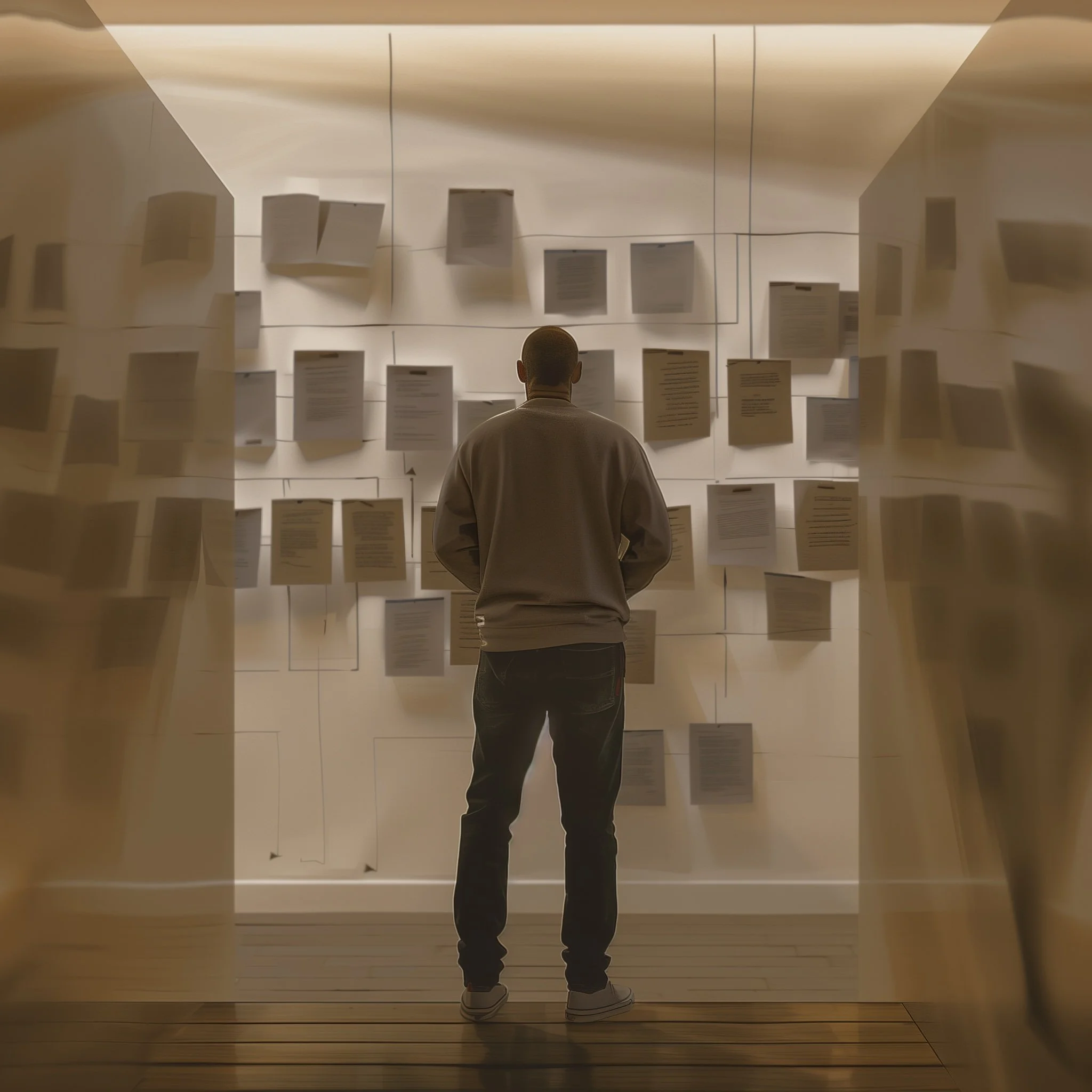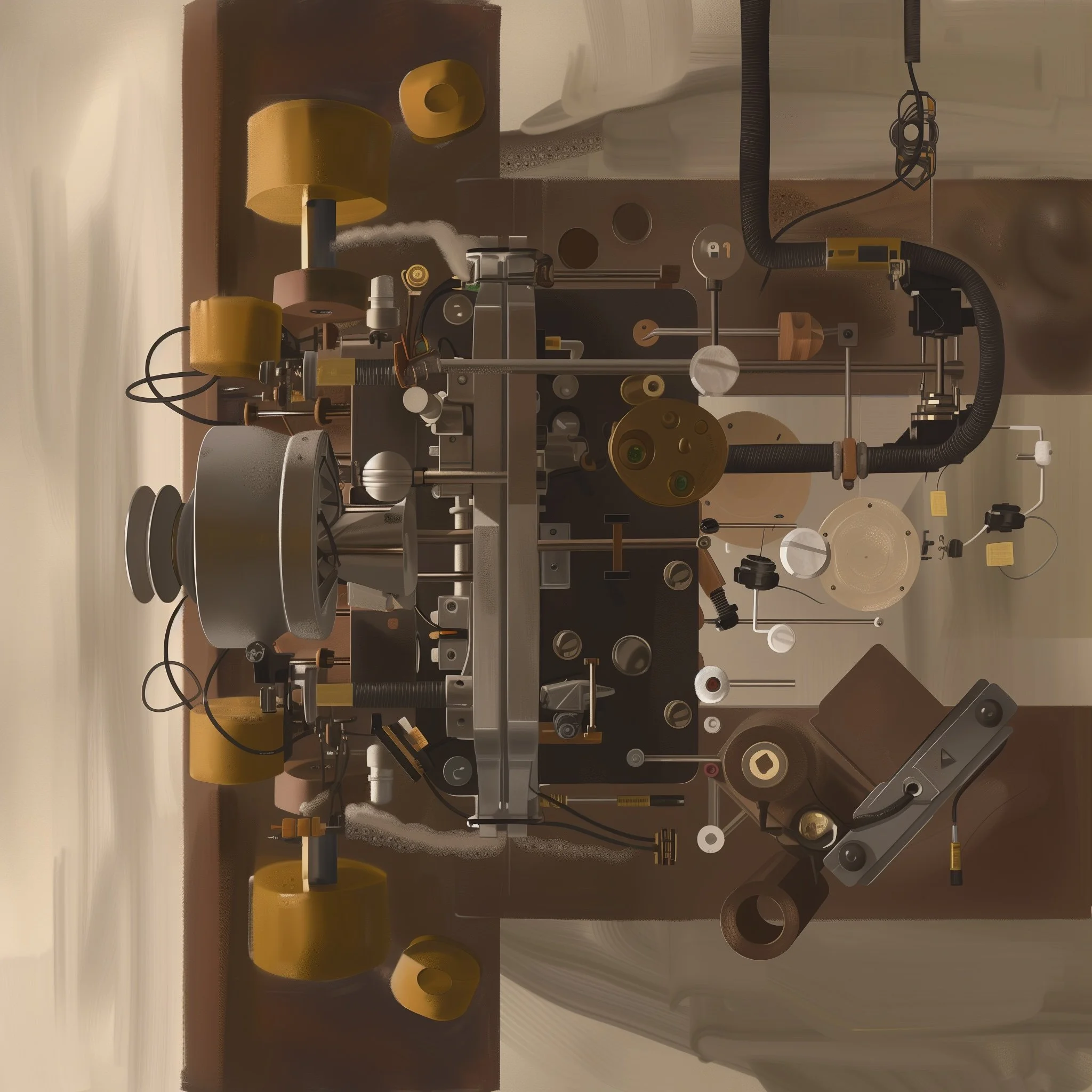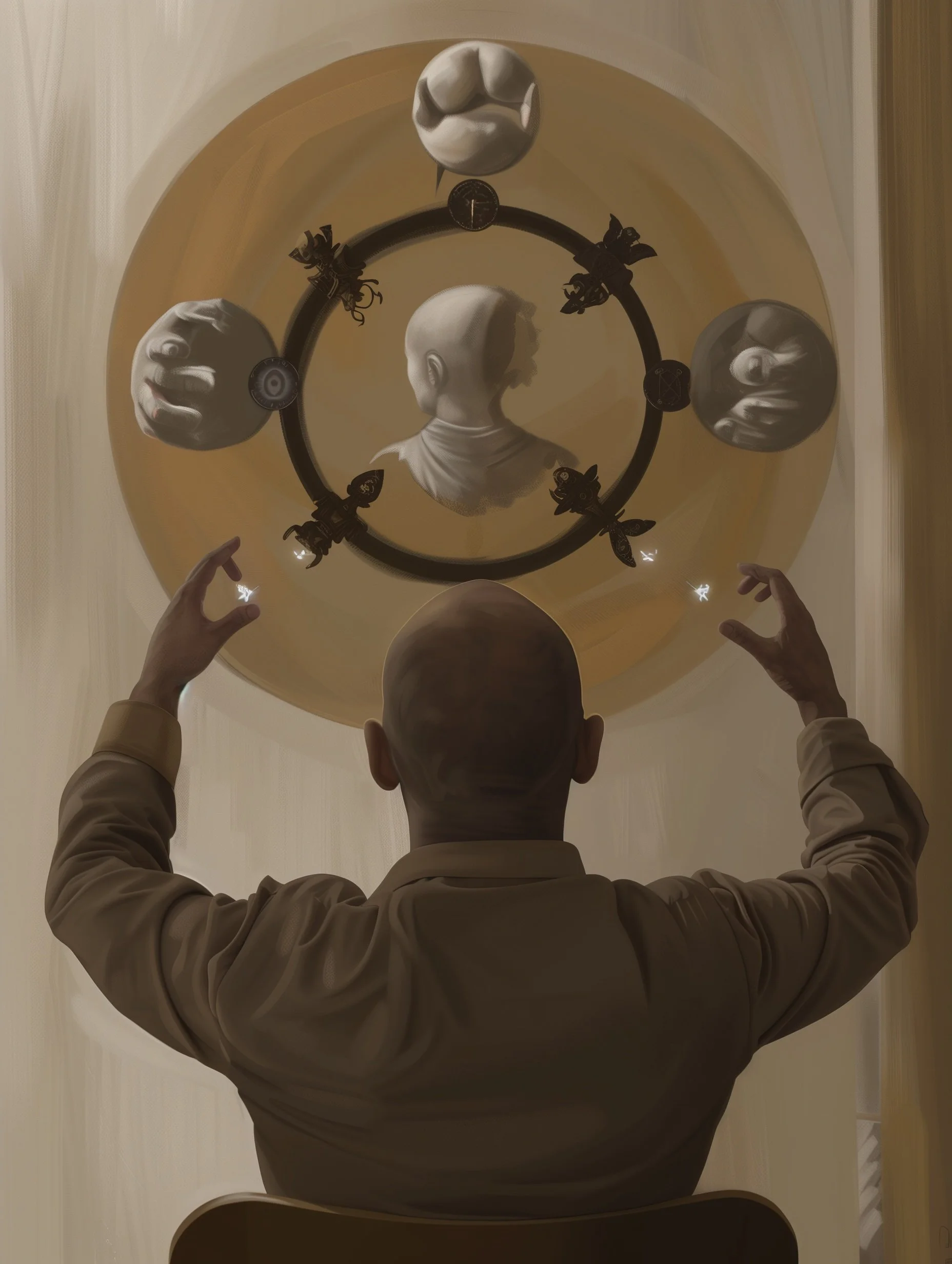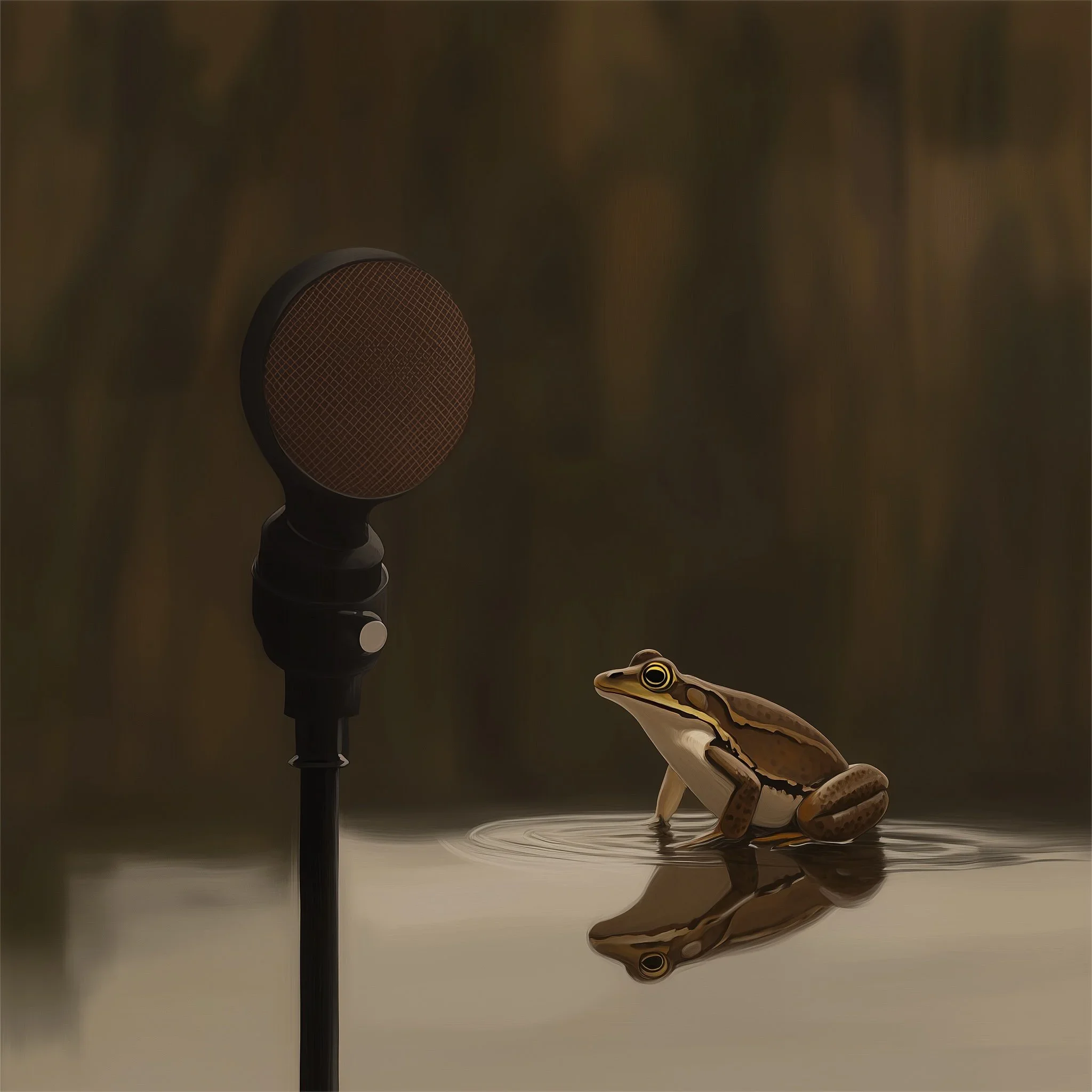THE DREAMER PROJECT
What is The Dreamer Project?
A living creative experiment in consciousness-first reality. Not a teaching. Not a belief system. Simply a question: What happens if we live as though consciousness comes first?
Last updated: October 1, 2025The Foundation of a Conscious Humanity
Awakening isn’t a mystical exception—it may be the next step in human evolution.
The Dreamer Project begins with a try: what changes if we live as though consciousness comes first?
If that is even partly true, then awakening isn’t about joining a tradition or mastering a practice—it’s about remembering a shared dimension of awareness that connects us. Awakening may be less a distant miracle than a natural milestone, like literacy or empathy. Yet milestones in timeless awareness aren’t measured in centuries or years—they arrive in the present, one perception at a time.
From this foundation, the Dreamer Project explores how a shift in perception—from world as cause to mind as cause—can reshape not only our personal lives, but also our culture, education, and collective future. It is both a creative experiment in reducing suffering here and now, and a vision for how a conscious humanity might emerge.
PREMISE
The Consciousness-First Premise
A working hunch to try, not a truth to defend.
A handful of contemporary thinkers in mind studies now echo what sages have whispered for millennia: awareness may be the source of what we call reality. What if mind projects the cosmos, rather than the cosmos producing mind?
From this vantage, body, world, and time itself can be seen as if they were interfaces inside awareness—more like appearances than givens. The Dreamer Project begins here—not with answers, but with a premise worth living into.
See the Consciousness-First Principles →Why It’s a Inquiry, Not a Movement
Movements demand belief. Experiments invite tests.
The Dreamer Project isn’t a call to follow, but a shared inquiry—a creative, practice-based exploration built from perception practices anyone can try. It draws from years of exploration in spiritual traditions, conversations in mind studies, and practice-based design, yet holds its findings provisionally, as living hypotheses rather than doctrines. (Learn more in Project Philosophy →)
Awakening can’t be marketed like a product or claimed as a possession. But it can be tested in perception, moment by moment, by anyone.
And while each test begins in the personal, its promise is larger: a natural expansion of human potential, a vision for a more unified, compassion-driven world. By pairing practical tools with a forward-thinking perspective, the Dreamer Project frames awakening not as escape but as evolution—an experiment in how individuals and societies might live when consciousness is seen as the source.
MARTIN LENCLOS
“A movement says: join us, believe this, adopt these values.
A mind experiment says: try it, share notes, compare lived insights. It’s experiential, provisional, and open-ended by design.”
THE DESIGN INQUIRY
The Dreamer Project begins with a testable premise: when ordinary people live from oneness, presence, and generosity, something shifts.
Resilience grows,
Cooperation deepens,
Creativity sparks,
Conflict softens.
This is not yet a program, but a design research initiative: a secular inquiry into whether awakening can be approached like any other field of R&D.
The value lies in testing — reframing awakening from a private pursuit into a public experiment with practical implications for education, innovation, and institutional culture.
Read the full hypothesis →Methodology
Design methods for shaping a mind-first experiment.
The Dreamer Project isn’t a path to follow, but a studio to try. Three methods repeat—systematic, integrative, and situational—each exploring what shifts if consciousness comes first.
Reverse-Engineering Awakening
The systematic method.
We work backward from the states of clarity and peace described by mystics and scientists alike, stripping away false lenses and trying conditions in daily life. This macro-level framework is rigorous, design-driven, and openly exploratory.
Out of this reverse-engineering process come the Consciousness-First Principles and the We The Dreamer qualities—provisional guides that capture what remains when perception is clarified.
Up-Layering
The integrative program.
Awakening here is not rejection but expansion. Up-Layering means placing a new lens on top of what you already believe, like the shift from flat Earth to round. It widens perspective without tearing down what came before, making the practice accessible in secular, everyday life.
The Practice Library extends this method—offering portable ways to try on the Dreamer lens in ordinary life. Exercises like the Four Cs Framework show a new way of seeing over the familiar world.
Dreamer Action Catalogue
The process archive.
Every method produces actions: cues, prompts, and field tests that anyone can try. The Dreamer Action Catalogue is where these gather. It’s a living compendium of portable “dream cues”—each one a perception flip that turns illusion into possibility. Use it like a field manual: dip in, take one, and notice what dissolves.
Not a doctrine but a working library, the catalogue is provisional, practical, and open-ended—tracking how principles, qualities, and practices take shape in daily life.
The Scope
From personal to collective
The Dreamer Project begins in the personal—one person testing perception—but it doesn’t end there. If the Dreamer is one mind appearing as many, then awakening cannot stay private. The creative experiment looks outward, toward shared practices, collective reflection, and the possibility of a conscious humanity.
See How the Dreamer Project Works →Resources.
Side doors into the experiment.
-

Lexicon
To keep this experiment secular and accessible, I’ve had to invent and adapt terms for a consciousness-first reality. The Lexicon is where those words live—plain-language cues for seeing differently.
-

Blog / Essays
These are field notes from the journey—reflections, provocations, and lived explorations in perception. Not polished teachings, but real-time reports from inside the Dreamer Project.
-

YouTube (The Dreamer Report)
The video arm of the inquiry: short try-its, long reports, and playful exercises in shifting perception, filmed as ongoing explorations rather than performances.
-

Bibliothèque
A curated library of books and films that question reality, across science, philosophy, and story. Read, watch, and see what shifts when you approach them through a consciousness-first lens.
META NOTES
This page is a living document. Last updated: October 1, 2025
Updates in this version: New block dedicated to Why The Dreamer Project, clearer consciousness-first premise, “inquiry not movement” framing, three-part Methodology, added Scope & Resources, transparency notes (blind spots, Why Me?), and smoother narrative flow.
Ready to try this in daily life? See Every Practice & Tool.
BLOG / ESSAYS
Journal Annotations.
Where side notes become shared reflections.
Each annotation expands on themes touched here — from consciousness-first principles to the Dreamer’s Compass. They’re marginalia in the experiment’s notebook: occasional, interpretive, and meant to spark further thought rather than offer conclusions.
Browse Journal Annotations →












Why does matter give rise to experience at all? The Dreamer Project treats this question less as puzzle to solve than as scaffolding for inquiry. What changes if we live as if consciousness is first?